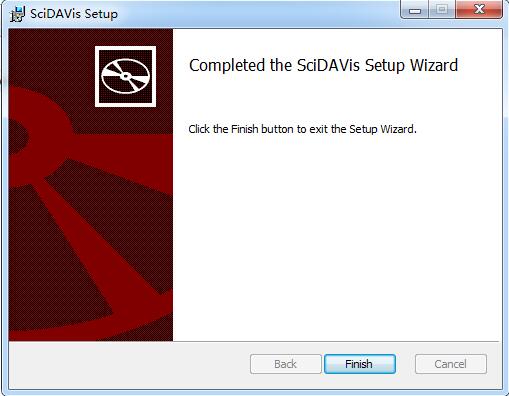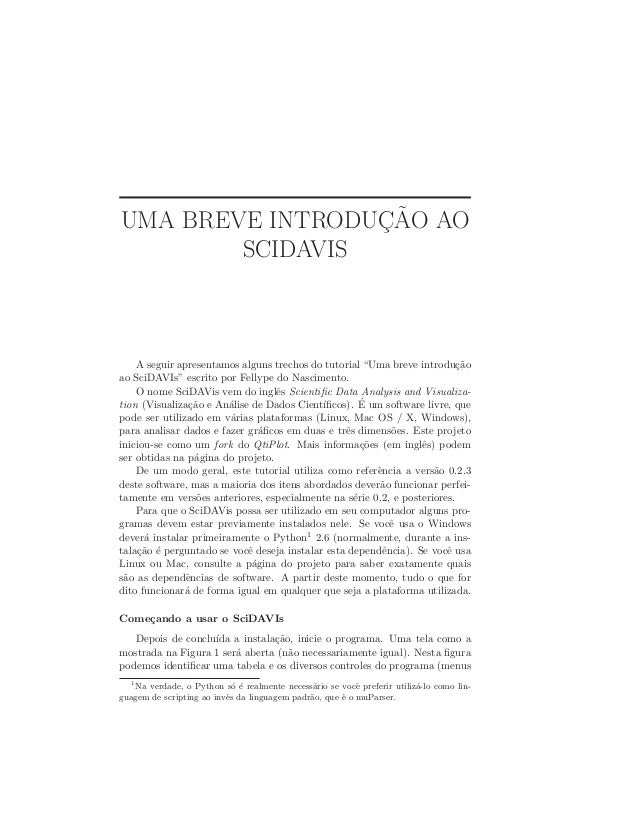

insertFunctionC urve(formula, from=0, to=1,points= 100,title= "") id() # => returns an instance of the new class Grid fixed and extended many parts of the API for Python scripts, including the new methods To Fellyp do Nascimento and German translation

updated Spanish translation, thanks to Mauricio Troviano Brazilian Portuguese translation, thanks com) and an alternative one by Jan Helebrant added two Czech translations: a default one by Pavel Fric (feedback requested via substantially improved support for plots involving date/time data fixed compatibility issues with Qt 4.6 and SIP 4.9 lots of bugfixes, again including crashes To a certain column in the Column class it allows column objects to be stored and passed around Īnd it moves from the unconventional 1-based indexing to the more conventional 0-based indexing.įuture additions to the API will increasingly make use of the columns-as-objects paradigm. It simplifies the interfaces by grouping all functionality specific setText( c,r,text) -> lumn(c - 1).setTextAt(r - 1,text). Table.text(c,r) -> lumn(c - 1).textAt(r - 1) and

(note that the column/row INDICES DIFFER BY ONE!) the same goes for column( column - 1).setValueAt(row - 1, value) May be a bit unusual for a bugfix release on the other hand, they won't be removed any time soonĪnd inserting the deprecation warnings now will give everyone as much time as possible for gettingĪccustomed to the API we're moving towards. Some parts of the Python API have been marked as deprecated and generate warnings when used. After stalled development for several years, updates to SciDAVis have resumed.According to upstream changelog, 0.2.4 is a bug fixing only release, and fix compatibility with qt 4.6.Īs Lucid will be released with qt 4.6, scidavis should be upgraded to 0.2.4.
Scidavis 0.2.4 code#
This never actually happened, and 10 years later both continue to be separate parallel projects without any kind of (at least publicly available) collaboration, joint agreement or declaration/proposal, code merging, not any other way of cooperation or joint efforts.
Scidavis 0.2.4 full#
In 2008, developers of SciDAVis and LabPlot "found their project goals to be very similar" and "decided to start a close cooperation" with the aim of merging their code into a common backend, while maintaining "two frontends, one with full KDE4 integration (called LabPlot 2.x) and one with no KDE dependencies (pure Qt so to say) for easier cross-platform use (called SciDAVis)".
Scidavis 0.2.4 software#
Franke has stated that the topics of disagreement included "design goals, management of community resources and the right way to make money from a free software project". SciDAVis was founded by Tilman Benkert and Knut Franke in 2007 as a fork of QtiPlot, after disagreements arose with Ion Vasilief, the founder and main developer of the project. The GUI of the application uses the Qt toolkit.
Scidavis 0.2.4 windows#
Note windows support in-place evaluation of mathematical expressions or an optional scripting interface to Python. The plots can be exported to several bitmap formats, PDF, EPS or SVG. Curve fitting can be performed with user-defined or built-in linear and nonlinear functions, including multi-peak fitting, based on the GNU Scientific Library.

The built-in analysis operations include column/row statistics, (de)convolution, FFT and FFT-based filters. The spreadsheets, as well as graphs and note windows, are gathered in a project and can be organized using folders. The data is held in spreadsheets, which are referred to as tables with column-based data (typically X and Y values for 2D plots) or matrices (for 3D plots). SciDAVis can generate different types of 2D and 3D plots (such as line, scatter, bar, pie, and surface plots) from data that is either imported from ASCII files, entered by hand, or calculated using formulas. Development started in 2007 as fork of QtiPlot, which in turn is a clone of the proprietary program Origin. SciDAVis ( Scientific Data Analysis and Visualization) is an open-source cross-platform computer program for interactive scientific graphing and data analysis.


 0 kommentar(er)
0 kommentar(er)
